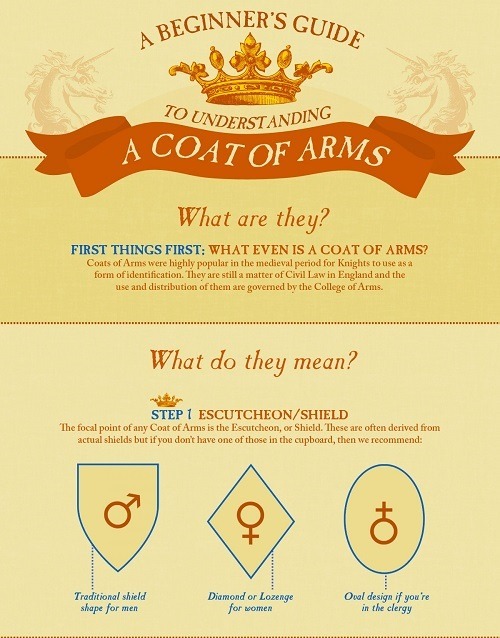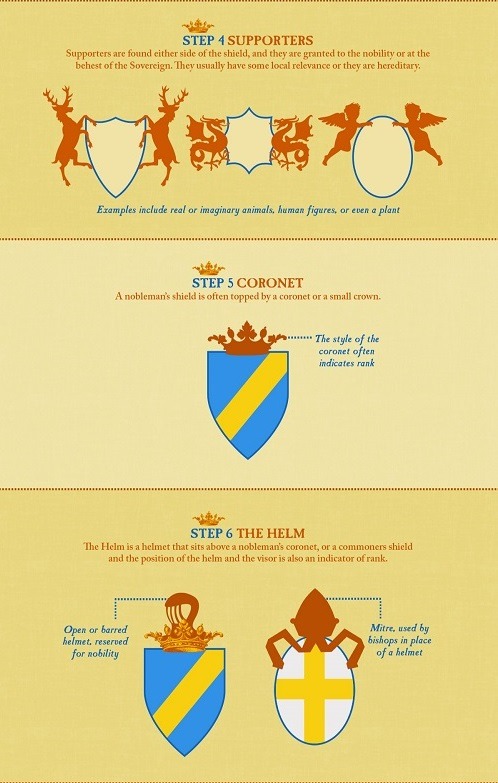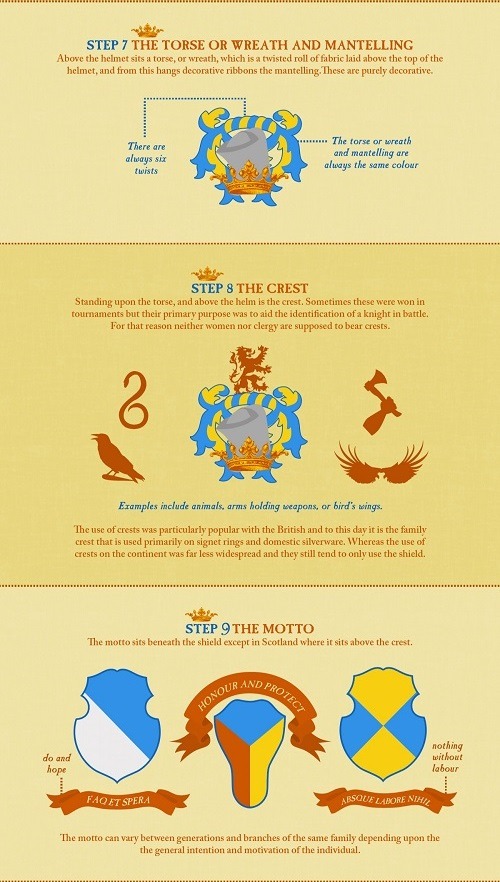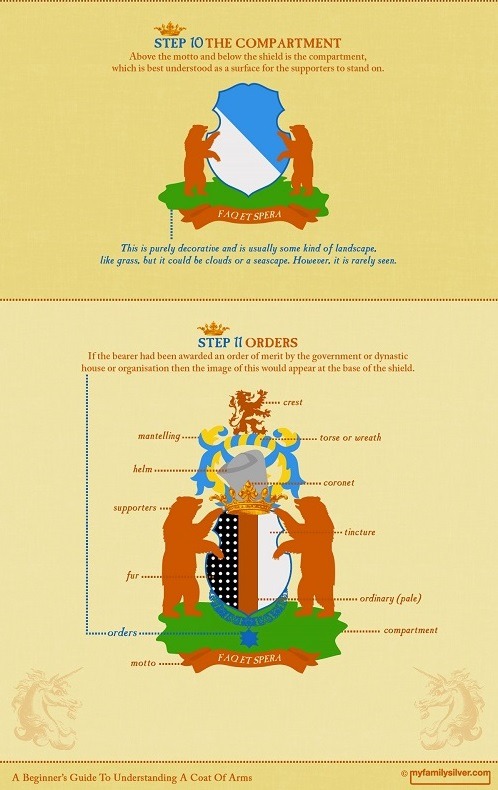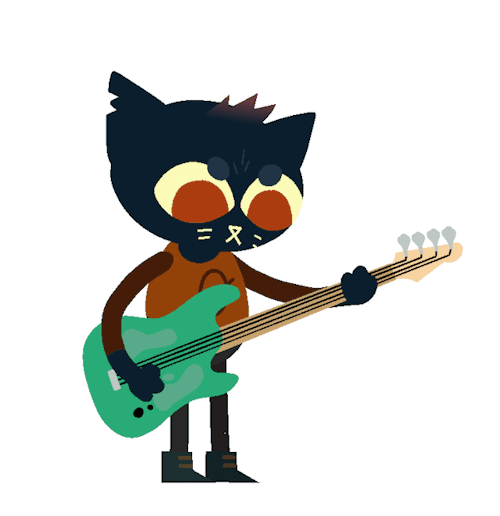What’s Up Im Also On Cara Now
what’s up im also on Cara now

More Posts from And-void and Others
hello minor update im officially posting on bluesky so if tumblr fucking implodes and you still wanna look at my art and other posts, i will transition to that being my main platform. fuck you instagram explode explode explode forever
8 Ways to Improve Your Writing
I got a great anonymous ask last week from someone who wanted to know how to identify weak spots in their writing. One of the things that comes with time and experience is finding the language to identify, discuss, and address the feeling that something isn’t quite right or that a story is “missing something.” Not knowing them or their writing, of course I couldn’t help them figure out what specifically the problem was. But I did share with them a list of things I’ve done over the years to be able to identify weak spots and improve my writing.
1. Analyze your favorite writers.
Figure out why you like the writing that you like. Ask yourself: What are they doing here? What are they doing that I’m not doing? Why do I love their writing so much? Take notes on their stories. Plot them. Write in the margins. Read them slowly. Read their reviews—both good and bad. Did that writer you love once write something you hated? Great, even better. Figure out why that particular book was different from the others.
2. Analyze your own writing.
Do you have an older story you wrote that you love? Figure out why. What did you do differently in that story that you’re not doing in the current story you’re writing? Make notes. Draw maps. Reverse engineer everything.
3. Develop a language to talk and think about writing.
Read craft books, blogs, anything you can get your hands on. Learn about point of view, conflict, character development, dialogue, story structure, syntax, metaphors. Get your advice from good sources, and don’t believe everything you read. If something doesn’t sit right with you, throw it out. But be open to everything.
4. Journal and write about your writing.
Over time, you will identify consistent weaknesses that you have. Then, in the future, when you feel like “something is missing” from your writing, you can reference your notes and remember, for example, that you often have difficulty with your protagonist’s motivation, with theme, with dialogue, etc., and you’ll have a better idea about where to go looking.
5. Share your writing with someone you trust, ideally a more experienced writer than you or an editor or mentor.
Be very careful about who you share your writing with. Friends and family are not always the best choice. You don’t want someone who’s just going to throw around their uneducated opinion about your work, who has a big ego, or who won’t be honest with you. Remember: “I liked it” or “I didn’t like it” are useless pieces of feedback. You want someone who can read your work and say, “Your protagonist’s passion for music made them really likeable to me. I was dying to know whether they would get into the conservatory or not!” or “My attention wandered on page two, when you described the couch upholstery for three paragraphs.”
6. Analyze the areas of your writing which are commonly problematic for new writers (and writers in general).
In my experience as an editor, the most likely culprits are unclear character motivation and lack of conflict. There are a lot of good resources (books and blogs) about this. Try a Google search for “most common mistakes beginning writers make.”
7. Trust your intuition.
Do you keep coming back to the same page or scene in your story, feeling like it isn’t right? You’re probably onto something.
8. Take time away from your writing.
You’d be amazed how much more clear everything will be after a break. Give yourself at least a week for a short story, 3-4 weeks for a novel. It could also be the case that your ambitions for this particular story don’t yet match your skills, and that you’ll have to wait even longer to successfully finish it. I’ve known writers who have given up on a story only to come back to it months or years later once they’d gained the skills and insight to complete it. And then suddenly writing that story seemed really easy!
Hello! So what I've noticed in my writing is that the 'bad guys' the antagonists, generally become the same thing. As in: an organization out to get protagonist and they avoid said antagonists. I was wondering if you had any advice on how to add variety to 'villains' in stories. Because the only other kind of villain I can come up with is one who tries to to take over the world or city and that feels over used and stale....
It might help to try exposing yourself to more stories, because there are many different examples of antagonists out there and a good chunk of them aren’t trying to take over the world.
I’ll direct you to this older ask about writing interesting antagonists as a start!
An antagonist isn’t always a straight-up “bad guy”, in fact, the best antagonists aren’t horrible people. They’re just people opposing the protagonist– that’s what “antagonist” means. They don’t have to be evil or crazy, they just work against the main character. Sometimes they’re just normal people with a bad reputation.
You need to think of your antagonists like any other character, just with goals that clash with the main cast instead of a “bad guy”. Try thinking smaller than “taking over the world”, what if the antagonist was only a threat to the protagonist’s world or way of life?
“Taking over the world” is an easy conflict to fall back on because it’s kind of black-and-white, but the best conflicts aren’t that simple.A bigger conflict doesn’t make a better story. The world is swimming in shades of gray and good antagonists (and protagonists!) show that.
Good antagonists also tend to be tied to good protagonists– to find variety in conflict, look at the main characters you create. If all their goals are to save the world, then you’d have to have a main antagonist trying to take it over (or some variation). If the protag’s goal is to win a competition, then the antag would likely be someone on a different team, a rival, or maybe their own insecurity.
It also all comes down to details. Your antagonists need motivation. Why are they trying to take over the world? Did the effects of climate change make them think humans are a plague that need to be destroyed? Do they have a power complex and need to subjugate others to feel better about themselves? Are they immortal and bored?
Start treating your antagonists like real characters instead of a plain force that works against the protagonist. They’re people too (most of the time, man vs environment is a thing) and that means they’re going to have motivation, depth, feeling– everything that your protagonist needs to be “developed”, they need as well! It’s true that you may not be able to explore that development as heavily because they aren’t the focus of the story, but you can use the information to craft them so they work specifically in your story. A cliche antagonist is likely a sign of a cliche story in general.
Here’s Ways to Flesh-Out Characters, and then the only extra thing that would make someone an antagonist is that they’re opposing the protagonist. Try to creating more personal conflicts (revenge can be a decent place to start) and variety of antagonists can come out of that.
Good luck with your antagonists!
more wonderful winter words ❄
hoarfrost (n.) a grayish-white crystalline deposit of frozen water vapor formed in clear still weather on vegetation, fences, etc. rime (n.) frost formed on cold objects by the rapid freezing of water vapor in cloud or fog. frazil (n.) soft or amorphous ice formed by the accumulation of ice crystals in water that is too turbulent to freeze solid. whiteout (n.) a blizzard, especially in polar regions, that reduces visibilities to near zero.
-
 lettucemen liked this · 11 months ago
lettucemen liked this · 11 months ago -
 voids-place reblogged this · 11 months ago
voids-place reblogged this · 11 months ago -
 and-void reblogged this · 11 months ago
and-void reblogged this · 11 months ago



















